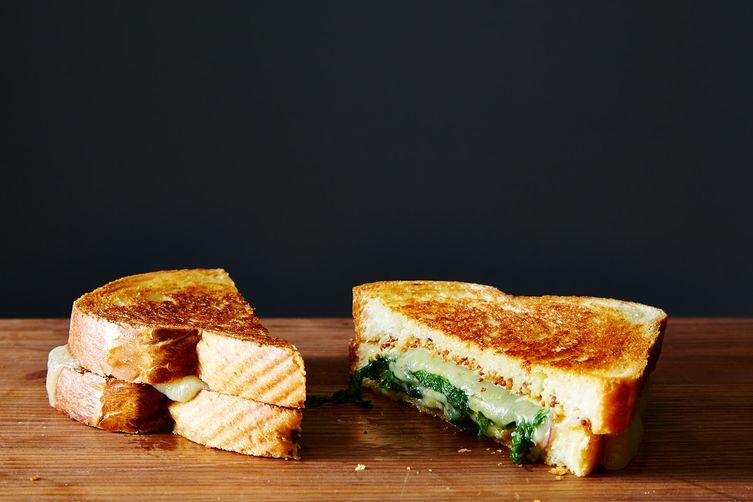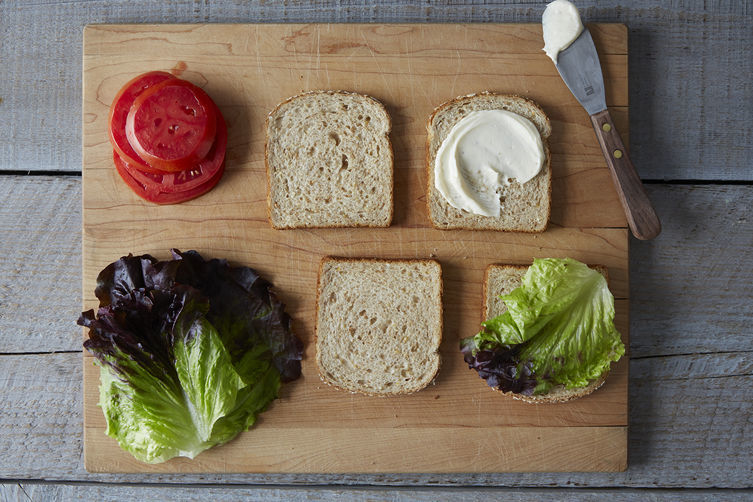
Whoever said Americans don’t make things has obviously never eaten a sandwich.
Eaters across the country assemble edible structures every day, reaching for the heavens of maximum deliciousness. But while some of the results are proud temples, others serve as cautionary tales of the importance of fire escapes.
Whether your vision is daring or mundane, it can be improved by the application of basic engineering principles. Build your sandwich well, and the pleasure it provides will live on for generations.
Here are 6 tips for making a successful sandwich:
1. Solve the Sliced Cucumber Conundrum with the Silver Lining of Greens.
Sliced cucumbers, tomatoes, and avocados are wonderful sandwich ingredients, but they’re especially liable to slip out the back. This is called the Sliced Cucumber Conundrum (left).
The solution for any slippery sandwich interior is a technique called the Silver Lining of Greens (right). Place greens strategically throughout instead of concentrating them at the top, in order to provide friction between layers as well as protection for the bread.
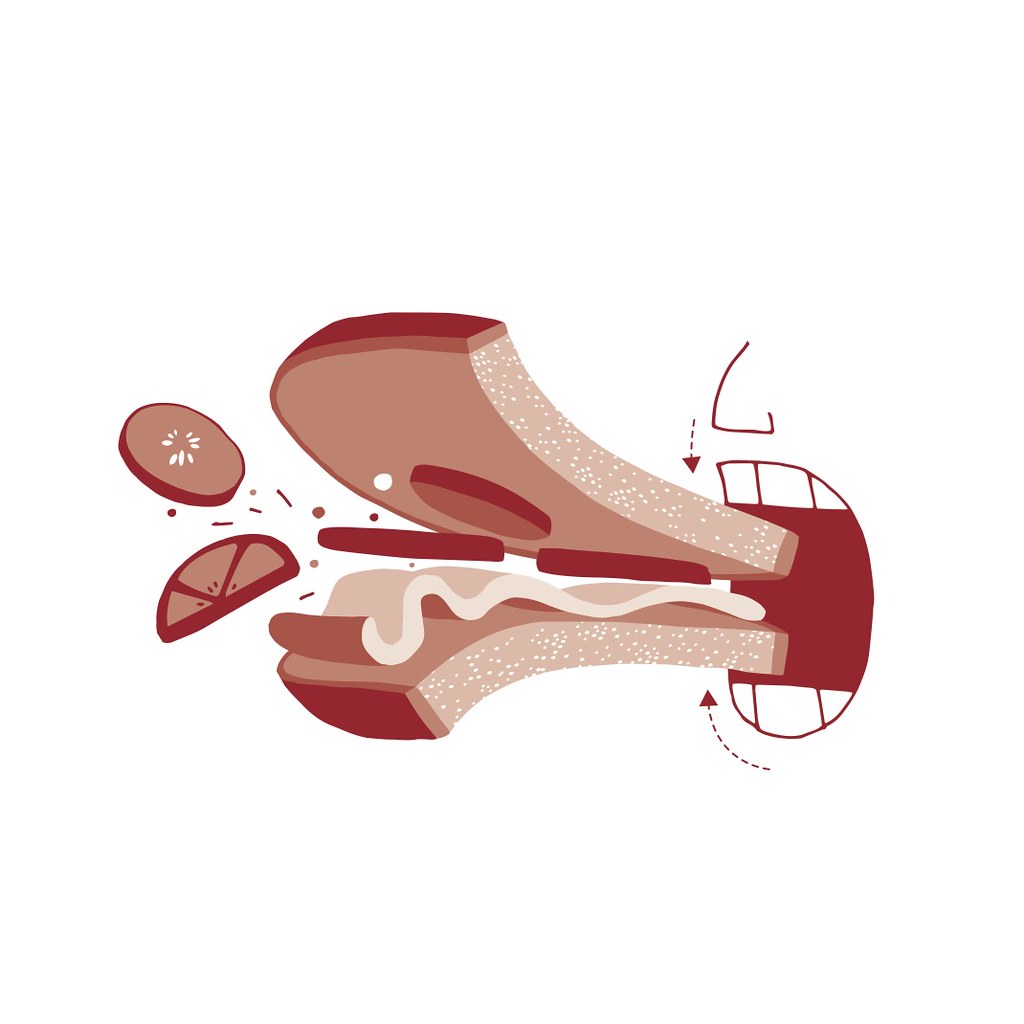
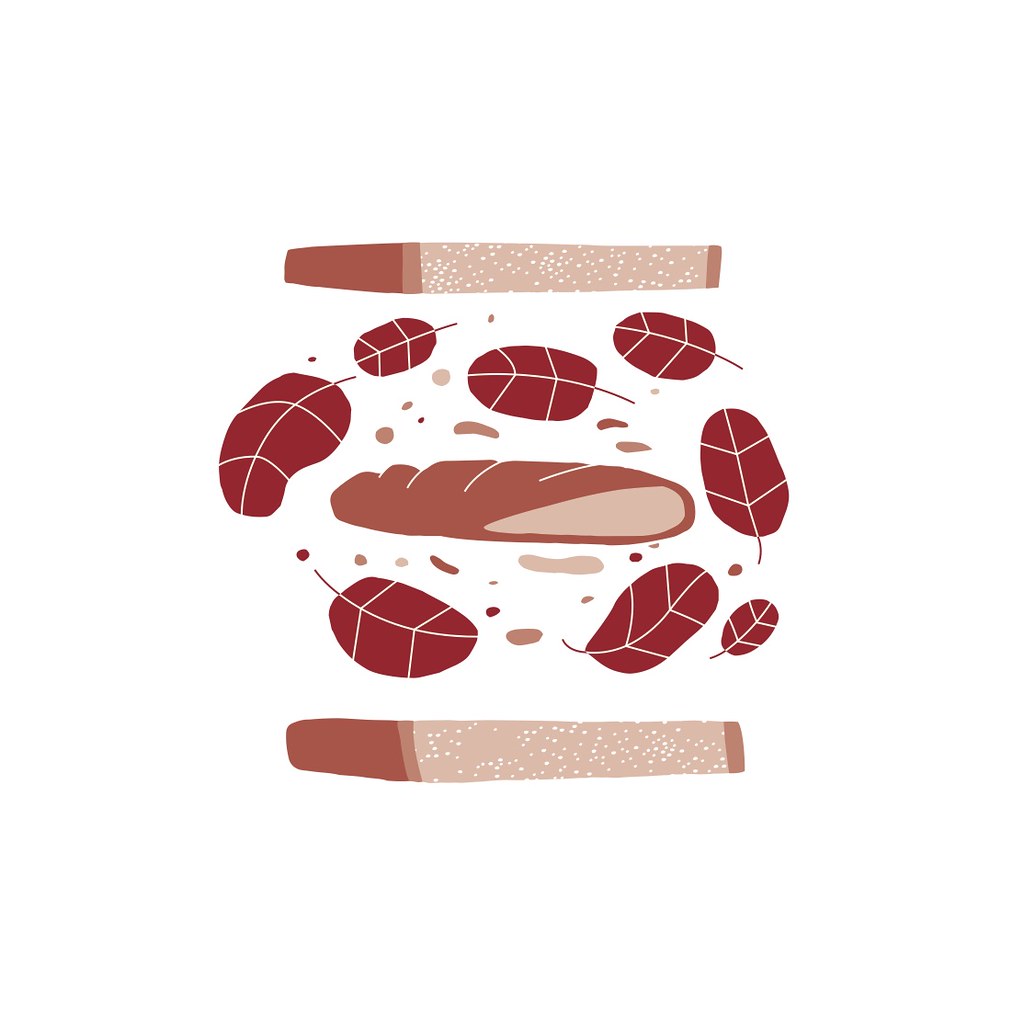
2. Dip your way to success.
Make saucy sandwiches like chicken Parmesan with the sauce on the side, then dip on a per-bite basis. This maintains structural integrity and allows you to get your ideal sauce-to-sandwich ratio in every bite.
3. Consider bread hardness in relation to sandwich fillings.
The harder or crustier your bread, the more bite force will be required to pierce it, which means a greater chance that slippery fillings will be ejected from the rear. Soft bread gives you greater margin for error with mischievous fillings because less bite force is required. I’ve dubbed this relationship the Semolina Fulcrum:
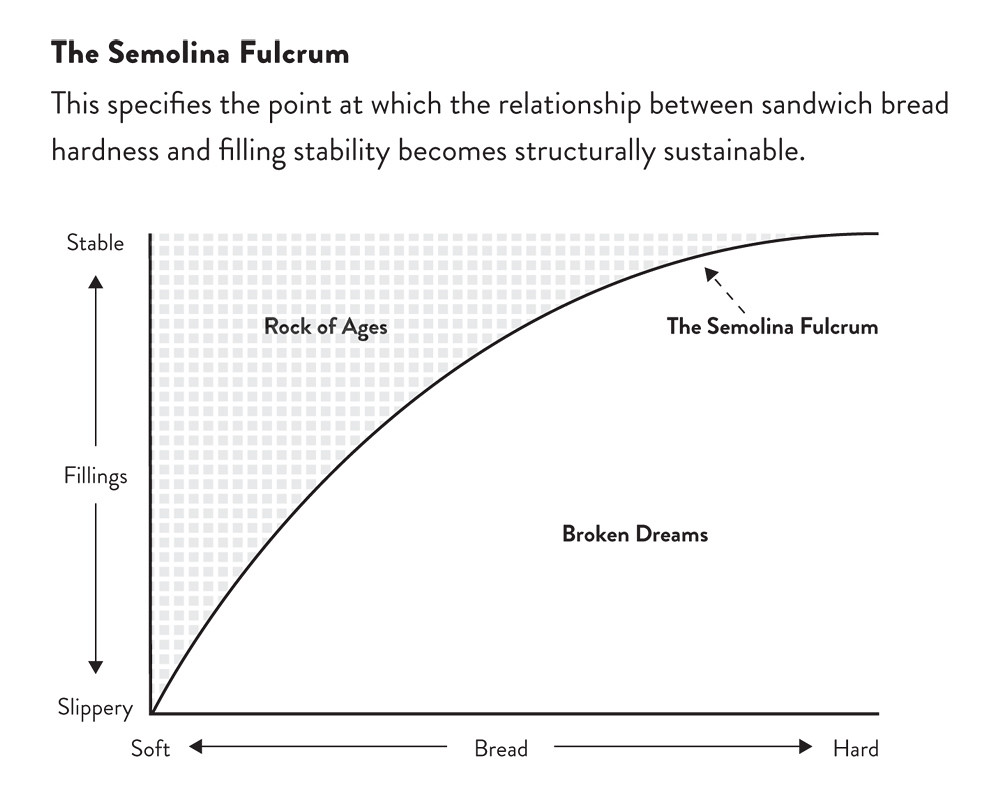
4. Remember that gravity pulls moisture earthward.
Pay special attention to the bread on the bottom of the sandwich, which may be more susceptible to soggage-induced mechanical compromise as fluid flows downward. Note that the domed top half of some rolls is thicker and thus more absorbent than the flat bottom. If you’re making a sandwich to-go, store it upside down so moisture moves toward the bread more capable of accommodating it. This technique is called Good for the Jus:
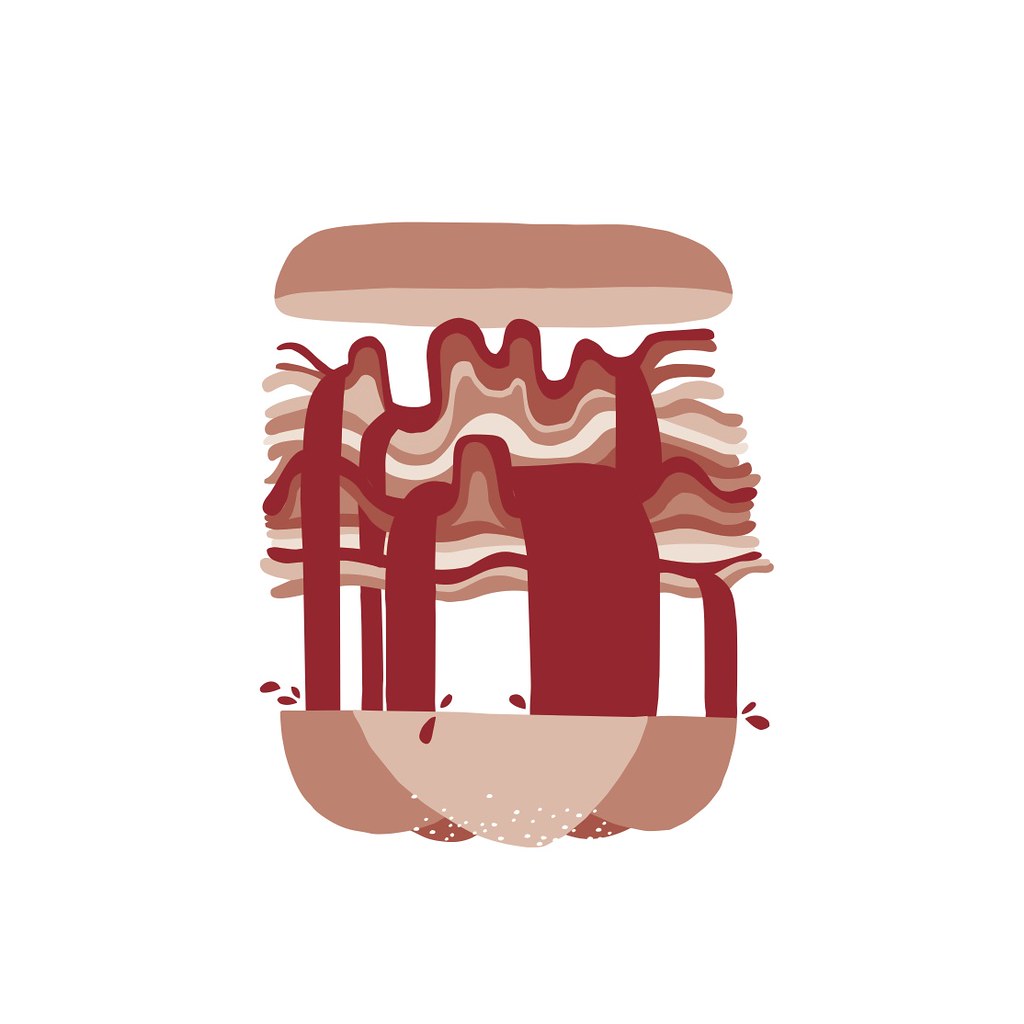
5. Need reinforcements? Call the cheese cavalry.
If your sandwich is full of juice or condiments, don’t expect the bread to ward off soggage on its own. Add melted cheese, which is a great sealant, or use thin layers of greens to line the bread, as in the Silver Lining of Greens.
6. Never use shredded lettuce or hinged rolls.
Shredded lettuce has too high a surface-area-to-volume ratio. Salt and fat attack it from all sides, so it breaks down quickly, releasing water and turning to mush. Hinged rolls (those that aren’t fully sliced in half) are bad because they’re usually filled while in a “V” formation, but not eaten that way. (At least not eaten well that way.) When you rotate the roll into its natural position, fillings often fall out or end up on your hands.
Keep these crucial rules in mind and your sandwiches will be built to last — all the way to your mouth.
This post is an excerpt from Dan Pashman’s new book, Eat More Better: How To Make Every Bite More Delicious, which was picked as one of the Best Books of 2014 by Slate. Dan is also the host of the Cooking Channel web series Good to Know and You’re Eating It Wrong, as well as the WNYC food podcast The Sporkful.
Illustrations by Alex Eben Meyer, courtesy of Simon & Schuster; photos by James Ransom.



